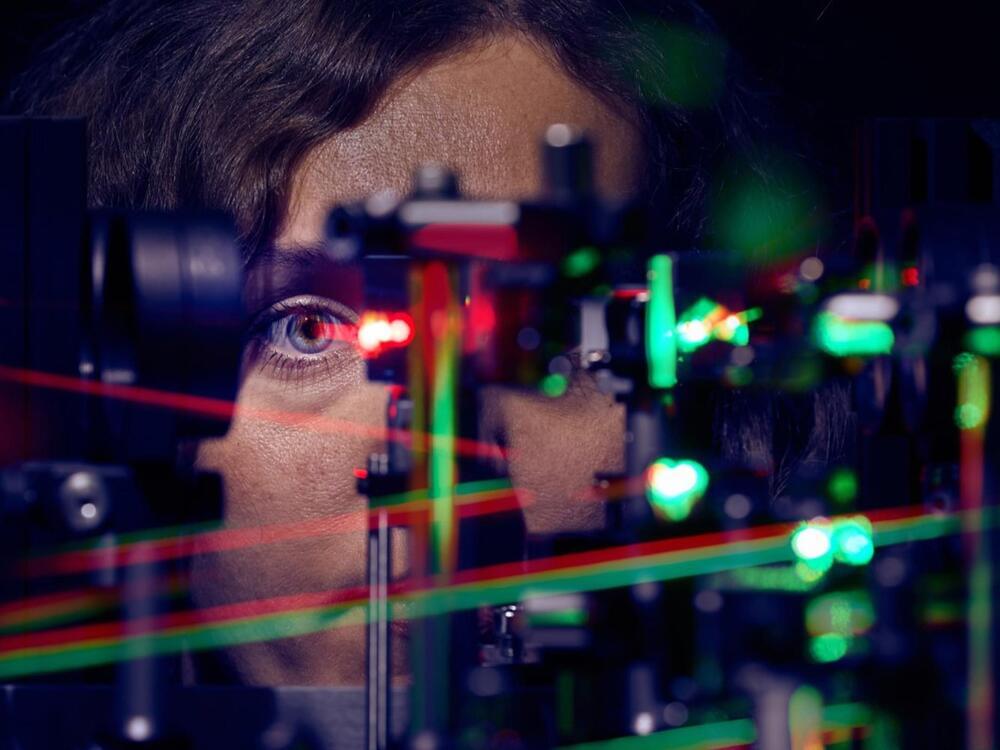Our ability to see begins with the light-sensitive photoreceptor cells in our eyes. A specific region of the retina, called the fovea, is responsible for sharp vision. Here, color-sensitive cone photoreceptors enable us to detect even the smallest details. The density of these cells varies from person to person.
Additionally, when we fixate on an object, our eyes make subtle, continuous movements, which also differ between individuals.
Researchers from the University Hospital Bonn (UKB) and the University of Bonn have now investigated how sharp vision is linked to these tiny eye movements and the mosaic of cones. Using high-resolution imaging and micro-psychophysics, they demonstrated that eye movements are finely tuned to provide optimal sampling by the cones. The results of the study have now been published in the journal eLife.
